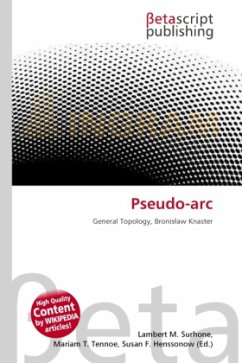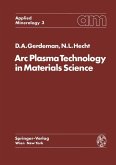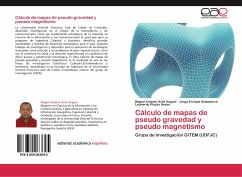High Quality Content by WIKIPEDIA articles! In general topology, the pseudo-arc is the simplest nondegenerate hereditarily indecomposable continuum. It was first discovered by the renowned Polish topologist Bronis aw Knaster. The following definitions are, with slight modifications, due to Wayne Lewis (see the references section below). Other definitions have appeared in papers by R.H. Bing and Edwin E. Moise; they yield homeomorphic spaces. While being the simplest of the type of spaces listed above, the pseudo-arc is actually very complex. The concept of a chain being crooked (defined below) is what endows the pseudo-arc with its complexity. Informally, it requires a chain to follow a certain recursive zig-zag pattern in another chain. To 'move' from the mth link of the larger chain to the nth, the smaller chain must first move in a crooked manner from the mth link to the (n-1)th link, then in a crooked manner to the (m+1)th link, and then finally to the nth link.
Bitte wählen Sie Ihr Anliegen aus.
Rechnungen
Retourenschein anfordern
Bestellstatus
Storno








